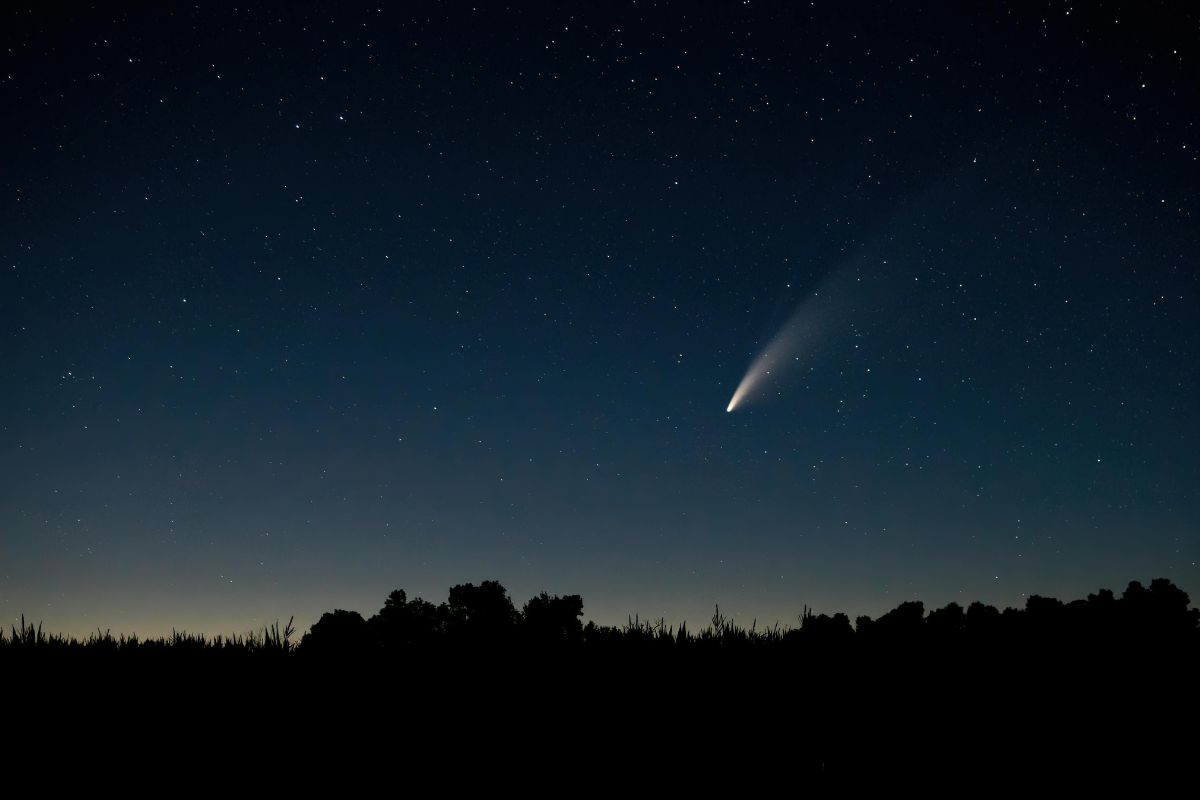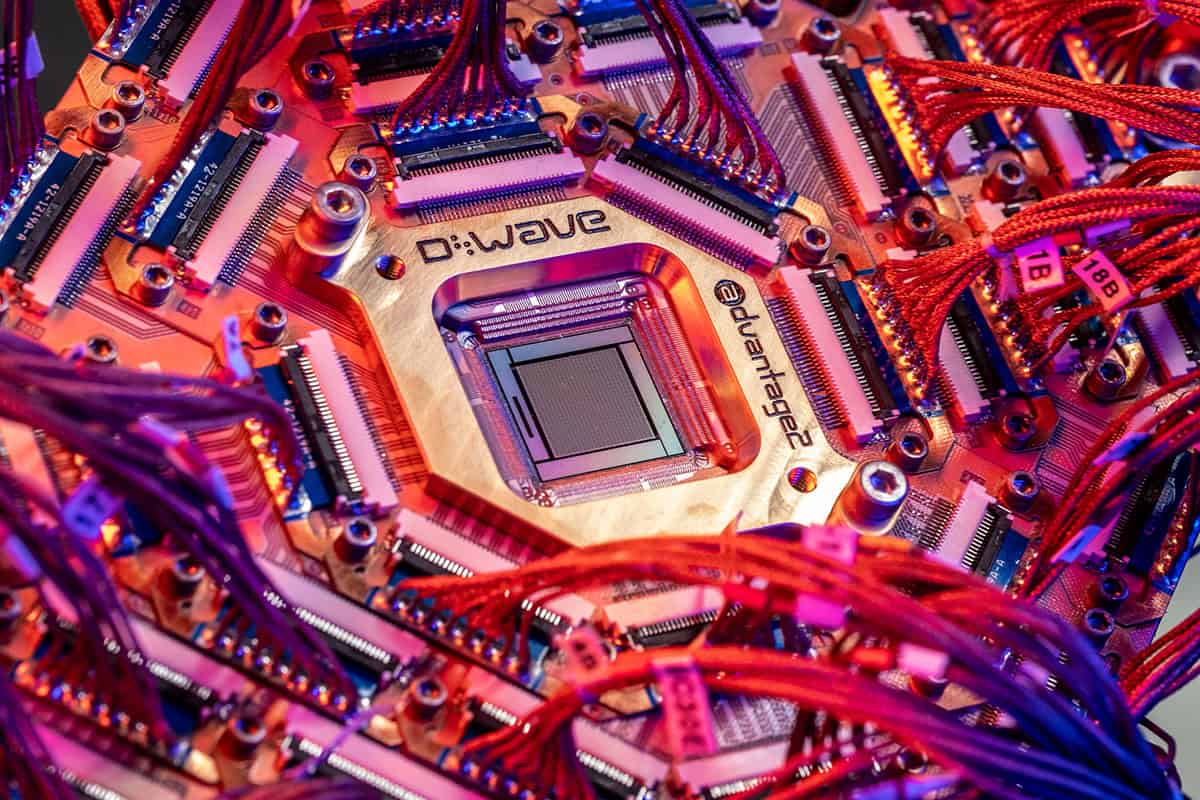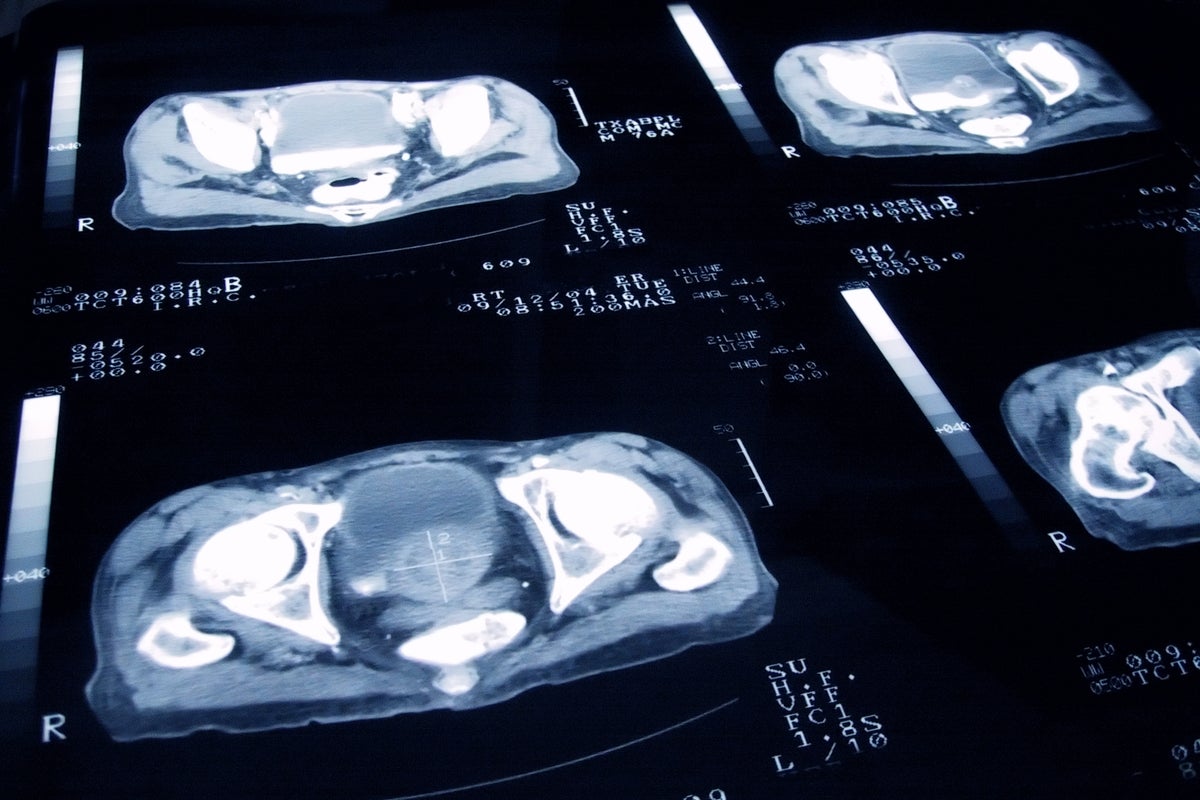An interstellar object named 3I/ATLAS is making waves in the scientific community as it approaches the sun for a critical perihelion on October 29, 2023. This moment, described as an “acid test” by prominent astrophysicist Avi Loeb from Harvard University, could reveal whether the object is a natural comet or a piece of advanced technology.
The perihelion, occurring at 11:47 UTC (07:47 Eastern Time), represents the closest point in 3I/ATLAS’s orbit to the sun. According to the Jet Propulsion Laboratory (JPL), the timing is precise, with only a few minutes of uncertainty. The data collected during this critical moment will help determine the object’s nature, as it encounters the intense heat and gravitational forces of our star.
Loeb posits that if 3I/ATLAS is indeed an artificial object, this perihelion could be the optimal moment for it to alter its velocity, potentially revealing its engineered origins. He explains, “If it is a natural comet held together by weak forces, the heating from 770 watts per square meter may cause it to break apart into fragments, creating a brighter cometary plume of gas and dust.” Conversely, if the object is technologically manufactured, it might display unusual maneuvers or emit artificial signals, such as lights or excess heat from an engine.
This level of speculation is informed by Loeb’s development of a “Loeb Scale,” intended to rank celestial objects based on their likelihood of artificial origin. He rates 3I/ATLAS at a score of 4 out of 10, suggesting it is most likely a natural comet, but noting eight anomalies that elevate its significance.
Loeb elaborates on these anomalies, highlighting the object’s unusual composition. The plume of gas emanating from 3I/ATLAS consists primarily of carbon dioxide (87 percent by mass), carbon monoxide (9 percent), and water (4 percent). This composition diverges from the typical water-ice-dominant profiles of other comets observed in our solar system, prompting speculation about its origins.
While the debate continues, Loeb emphasizes the importance of gathering data. “The implications of alien technology would be huge, and we must take it seriously,” he states. “This is no longer just speculation; the data is forcing us to question our assumptions.”
To put the scale of 3I/ATLAS into perspective, Loeb notes, “Our biggest rocket, Starship, is a hundred times smaller than 3I/ATLAS. If it is technological, its creators possess capabilities far beyond our own.”
As the scientific community awaits data from the solar flyby, Loeb encourages a cautious approach to speculation about extraterrestrial life. “Nature is more imaginative than the best scriptwriters for science fiction movies,” he remarks. “Rather than imagine who might be our dating partner, we better observe it.”
In the meantime, NASA has confirmed that Comet 3I/ATLAS poses no threat to Earth, assuring the public that it will remain at a safe distance. This object marks the third known entity from outside our solar system to be discovered traversing our celestial neighborhood.
The upcoming perihelion represents a pivotal moment in astronomy. Will 3I/ATLAS reveal itself as a natural phenomenon, or is it, as Loeb suggests, a manifestation of advanced technology capable of “defying spacetime”? As astronomers and scientists around the world prepare for the impending data, the mystery surrounding this interstellar visitor deepens, leaving humanity to ponder the implications of its existence.







